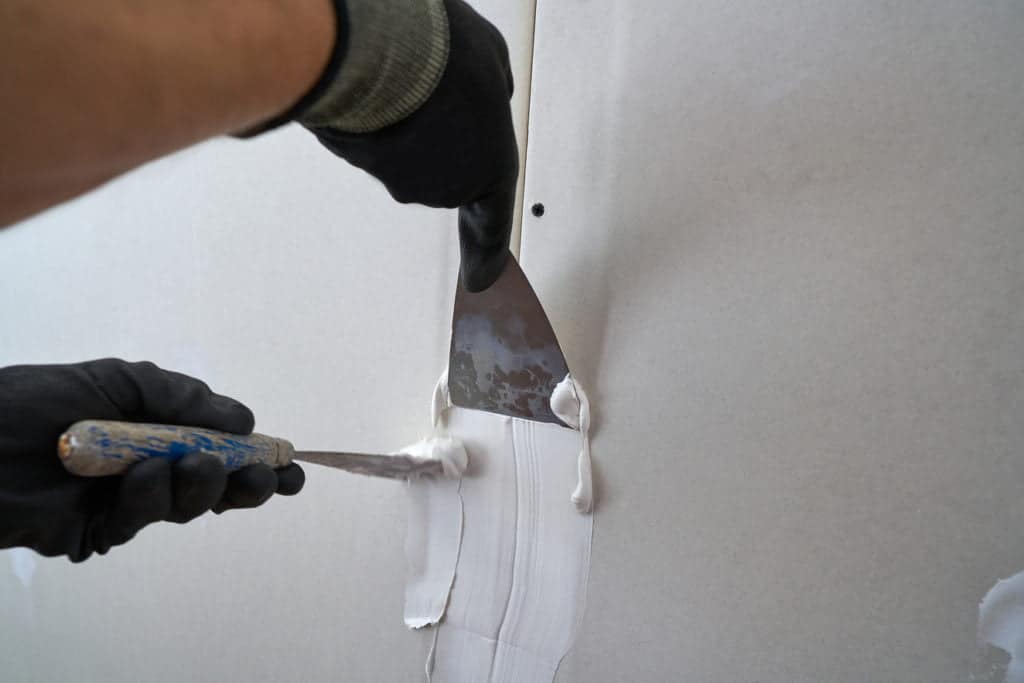How Long Does It Take To Gib Stop A Wall in Auckland?
Gib stopping is a process used to create a seamless finish for interior walls. It’s often used in homes and other buildings to create a smooth surface for paint or wallpaper. Gib stopping can be quite time-consuming, so it’s important to understand how long it takes to complete the job.

What Is Gib Stopping?
Gib stopping is an interior wall-building process used to seal a wall from moisture. It involves attaching a plasterboard sheet, usually made from gypsum, to the wall frame with adhesive and nails or screws. The plasterboard is then taped and jointed along the edges of each board with special paper tape and joint compound. Finally, the joints are skimmed over with a thin coat of mud, creating a smooth surface that can be painted or papered.
The amount of time it takes to gib stop a wall depends on several factors, such as the size of the wall area being worked on, the experience level of those performing the work, and any obstacles encountered during installation. Generally speaking, it can take one to two days for an experienced team to gib stop an average-sized wall but this time frame can vary depending on these factors.
Factors That Affect Gib-Stopping Timelines
Gib-stopping a wall is a complex process that requires certain materials, tools, and techniques. Depending on the size of the wall and other factors, such as the type of gib board being used, the amount of time it takes to complete can vary greatly. On average, it can take anywhere from one to two days for an experienced tradesperson to gib stop a wall. However, this timeline can be further extended if the wall has been previously painted or otherwise treated.
The complexity of gib-stopping projects increases when more intricate patterns are desired. If there are detailed designs or multiple layers of panels to be installed, extra time should be allowed for the preparation and installation of these elements. In addition, the nature of the existing surface must also be taken into consideration; if there is existing paint or wallpaper which must be removed before gib stopping begins, this adds additional time onto the overall timeline as well.
Tips To Save Time On Gib-Stopping Projects
Gib stopping a wall is a labor-intensive job, but there are some tips and tricks to help you save time. One of the most important tips is to make sure you have all of your materials ready before starting the project. This includes having the right tools, access to electricity and water, and enough gib stopper. Having everything in place will make it easier for you to start the job quickly so that you don’t waste time searching for missing items or running back and forth from the store.
Another helpful tip is to use an adhesive compound with your gib stopper. This will help ensure a secure bond between the wall and your gib stopper, which can save time on reapplication if any mistakes are made during installation. When using an adhesive compound, be sure to apply it evenly over the entire surface of your wall so that every area is properly sealed. With these simple steps, you should be able to complete your gib-stopping project in no time at all!
When it comes to gib stopping, it’s important to understand the factors that affect the timeline of the project. By taking into consideration the size of the space and complexity of the job, you can better plan out your project and complete it in a timely manner. With proper planning, you can save time and get your walls looking great in no time. You just have to make sure that you have all of the right materials and tools to do the job properly. So don’t delay—get started on your gib-stopping project today!